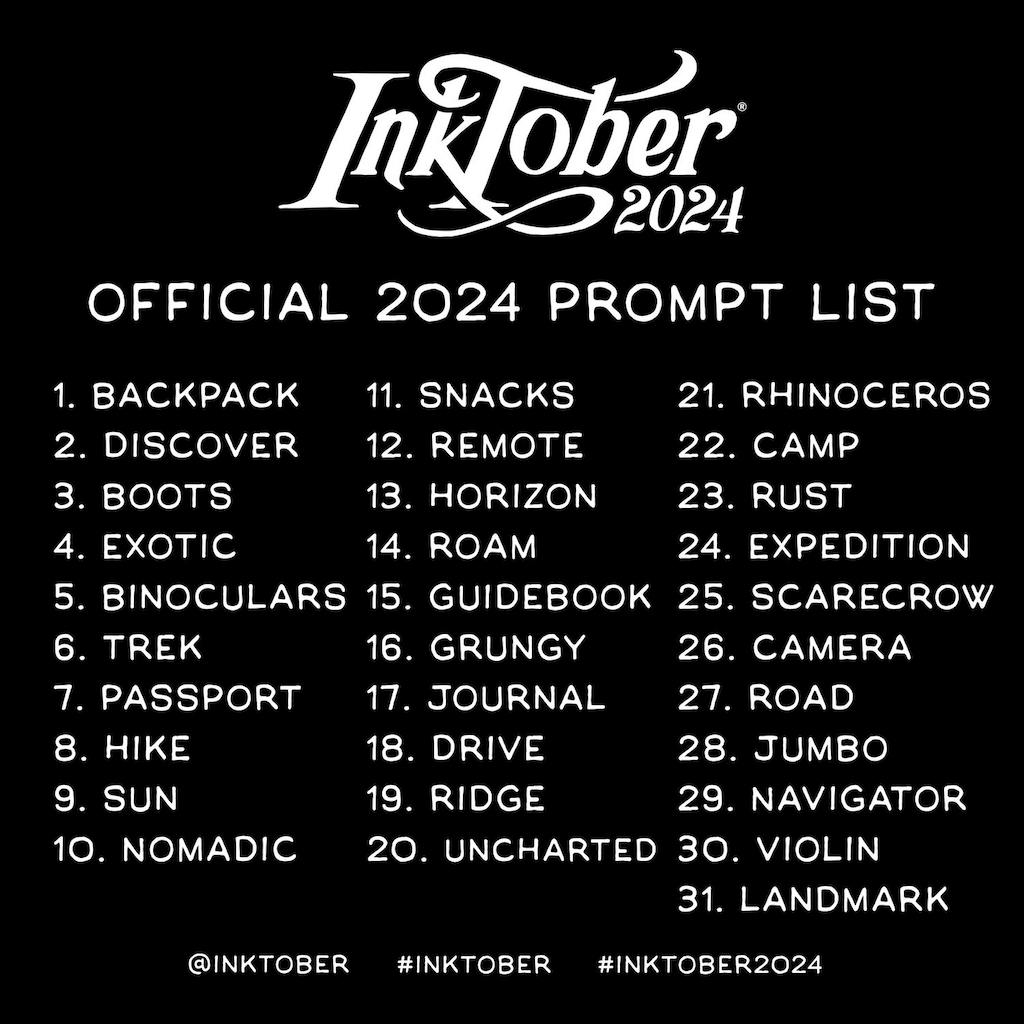Analyzing trends and topics from Bluesky's Firehose with generative AI
First article of the year, so let me start by wishing you all, my dear readers, a very happy new year! And what is the subject of this new piece of content? For a while, I’ve been interested in analyzing trends and topics in social media streams. I recently joined Bluesky (you can follow me at @glaforge.dev), and contrarily to X, it’s possible to access its Firehose (the stream of all the messages sent by its users) pretty easily, and even for free. So let’s see what we can learn from the firehose!
Read more...
